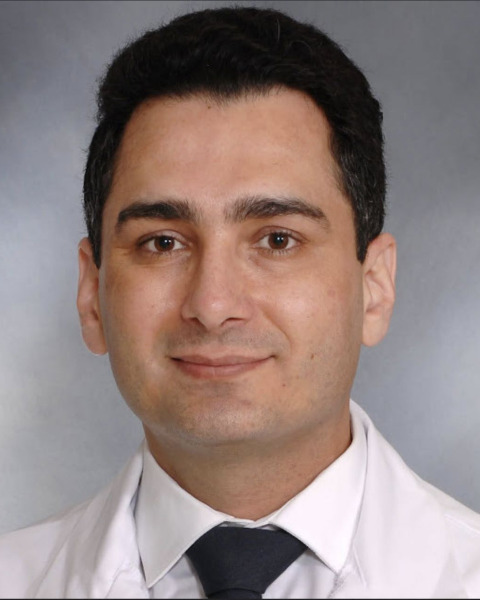Gastrointestinal Interventions
Who Would Benefit from Percutaneous Cholangioscope-Assisted Laser Incision of Hepaticojejunostomy Stenosis?

Jacob Byers
Medical Student - M2
University of Cincinnati College of MedicineDisclosure(s): No financial relationships to disclose
- KG
Klaudio Gjeluci, MD
Resident, Department of Radiology
University of Cincinnati Medical Center 
Abouelmagd Makramalla, MD (he/him/his)
IR Division Chief
University of Cincinnati- SC
Seetharam Chadalavada, MD, FSIR, MS
Vice Chair of Radiology, Associate Professor Radiology & Surgery
University of Cincinnati | UC Health 
Ali Kord, MD, MPH
Assistant Professor of Radiology
University of Cincinnati Medical Center
Abstract Presenter(s)
Author/Co-author(s)
- To review clinical indications and contraindications of percutaneous cholangioscope-assisted laser incision of biliary anastomotic stenosis.
- To describe the technical details and considerations of the percutaneous laser incision of biliary stenosis
- To provide a pictorial review of cases who would benefit the most from percutaneous laser incision of biliary stenosis
Background:
Patients who undergo Roux-en-Y hepaticojejunostomy may have post-procedure complications such as hepaticojejunostomy anastomotic strictures. These patients may fail or are not a candidate for an intraluminal endoscopic approach. Conventionally, such patients undergo a percutaneous trans-hepatic cholangiography (PTC) with a percutaneous trans-hepatic biliary drain placement (PTBD). Patients are then followed as part of a benign biliary stricture protocol every 2-3 weeks for regular PTC, and gradual cholangioplasty upsizing for about 6 months. Patients with refractory or recurrent stenosis not responding to cholangioplasty may need very long-term biliary drains which significantly affects their quality of life.
Clinical Findings/Procedure Details:
Percutaneous cholangioscope-assisted laser incision is a feasible novel technique to treat severe benign hepaticojejunostomy stenosis. The biliary stenosis can be localized under combined fluoroscopy and cholangioscopy guidance and the stenosis can be incised using a holmium laser under direct visualization. The initial experiences at our institution (10 cases) showed that patients with postsurgical, severe (more than 50%), short-segment (2-3 cm), benign anastomotic stenosis who are resistant to cholangioplasty alone would benefit the most from percutaneous laser incision. Procedural tips including sedation coverage, optimal percutaneous access, the role of safety wire, laser fiber characterization, and clinical follow-ups are shared in this exhibit. A pictorial review of a stepwise approach and procedural steps is provided.
Conclusion and/or Teaching Points:
Patients with postsurgical, severe, short-segment, benign hepaticojejunostomy stenosis who are not responding to cholangioplasty may benefit from percutaneous cholangioscope-assisted laser incision.

.jpg)
.jpg)
.png)
.png)
.png)
.png)
.png)
.png)
.jpg)